The best camera for sports action shots is the Canon EOS-1D X Mark III. It offers high-speed continuous shooting and superior autofocus performance.
Capturing the excitement of sports action requires a camera to keep up with fast-moving subjects. Enter the Canon EOS-1D X Mark III, a powerhouse in sports photography. Agile and robust, this camera has features that make it a top candidate for professional sports photographers.
With the ability to shoot up to 20 fps in Live View mode and 16 fps with the viewfinder, every fraction of a second is within your reach. Its advanced 191-point autofocus system ensures sharp images, even in dynamic environments. Coupled with impressive ISO capabilities and weather sealing, the Canon EOS-1D X Mark III is ideal for capturing sports action with precision and clarity.
Capturing The Action
Capturing the action in sports photography requires a camera that can keep up with fast movements and unpredictable moments. The perfect camera for sports action shots should excel in speed, adaptability and precision. Whether on the sidelines or in the stands, capturing the winning goal or the final photo at a track meet, your camera should allow you to freeze these moments perfectly.
Essential Features For Sports Photography
- Fast autofocus to lock on to subjects quickly
- High frame rate to capture multiple shots per second
- High ISO performance for sharp images in low light
- Robust construction to resist the elements.
- Long-lasting battery for long photography sessions
Speed Vs Quality: Striking The Right Balance
Choisir le meilleur appareil photo pour les photos d’actionbest camera for sports action shots sportive implique d’équilibrer la vitesse et la qualité. Une caméra de haute qualité garantit que vous ne manquerez jamais un instant, capturant l’action dans la fourrure et mesurant ce qui est produit. Pourtant, la qualité de l’image ne doit pas être engagée.
| Camera Feature | Importance for Speed | Importance for Quality |
| Autofocus System | Critical for quickly focusing on moving subjects | Ensures sharpness and detail in every frame |
| Burst Rate | Allows for multiple shots to capture peak action | Affords selection of the best shot with finest details |
| Sensor Size | Affects the camera’s ability to capture images quickly | Impacts the image quality, especially in dim conditions |
| Image Processor | Enables rapid image capture and processing | Delivers rich colors and textures in the photo |
Les meilleures caméras d’action sportive atteignent l’équilibre idéal en offrant une vitesse fulgurante sans sacrifier les images nettes et vives nécessaires pour décrire véritablement le frisson du jeu. Le bon équilibre permet de divertir le spectateur au cœur de l’action à la prise de vue.
Top Picks For Sports Cameras
La prise de vue d’actions et de sports à grande vitesse est un véritable test pour n’importe quel appareil photo. Cela nécessite une mise au point automatique rapide, des fréquences d’images élevées et une qualité d’image impeccable. Lorsque l’on souhaite capturer l’instant où l’on est ouvert et plein d’adrénaline, choisir le bon appareil photo devient crucial. Concentrez-vous sur les meilleurs que vous pourrez fatiguer comme un pro !
The Pros’ Favorites
Les photographies des professionnels du sport sont équipées d’équipements qui n’ont jamais de rythme. Voici une liste de caméras répondant à ces critères :
- Canon EOS-1D
- Nikon D6 : avec sa vitesse de visualisation de 14 ips et son système de point de vue automatique fiable, c’est un excellent appareil photo de sport.
- Sony Alpha A9 II : une merveille sans miroir qui offre une prise de vue à 20 ips sans panne de courant.
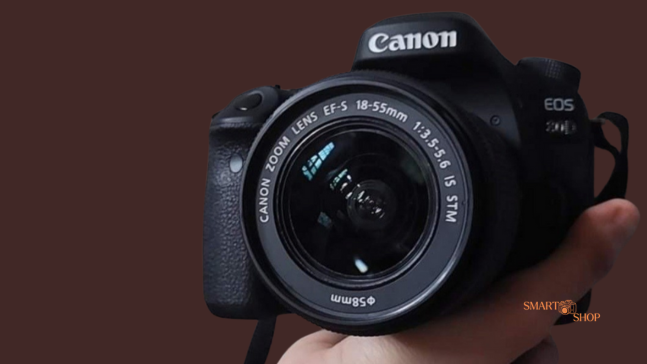
Budget-friendly Options For Amateurs
Need a professional budget? No problem. Capture sports action with these affordable cameras:
| Camera Model | FPS | Resolution |
| Canon EOS Rebel T7 | 3 fps | 24.1MP |
| Nikon D3500 | 5 fps | 24.2MP |
| Sony Alpha A6000 | 11 fps | 24.3MP |
Both beginner and budget-conscious photographers have options to freeze action without breaking the bank.
Dslr Vs Mirrorless
Choosing the right camera for sports action shots can be like selecting a champion in an epic battle: DSLR or Mirrorless? Both types of cameras come equipped for the challenge but have different strengths. A DSLR offers an optical viewfinder and longer battery life, while mirrorless cameras are generally lighter and have a compact design for quick movements.
Comparing Autofocus Capabilities
Autofocus is crucial for capturing sharp action shots. DSLRs used to hold the crown with superior autofocus, but mirrorless cameras have closed the gap. The latest mirrorless models feature fast and accurate autofocus systems that rival and sometimes surpass their DSLR counterparts.
- DSLR: Rely on phase detection with dedicated autofocus sensors.
- Mirrorless: Use on-sensor phase-detection for a more compact design.
Technological advances now allow mirrorless cameras to offer real-time tracking and eye-detection autofocus features, which are particularly beneficial for tracking fast-moving athletes.
Evaluating Burst Rates For Fast Action
To capture the perfect moment in sports, photographers need a camera with a high burst speed. This means that the camera can take many pictures in quick succession.
| Camera Type | Burst Rate (fps) |
| DSLR | Up to 12 fps |
| Mirrorless | Up to 20 fps |
Mirrorless cameras typically offer higher burst speeds than DSLRs, making them great options for sports photography. With fast shutter speeds, you can capture intensity and action without missing a beat.
Photographers should consider autofocus capabilities and burst speeds when deciding between a DSLR camera and a mirrorless camera for sports action shots. Each type of camera brings unique benefits to the field, ensuring you can take dynamic, sharp, high-speed photos no matter which one you choose.
Key Camera Features
Capturing sports action shots requires a powerful camera. Certain features make a camera stand out in sports photography. These features help freeze fast movements and capture every detail. Let’s explore the critical specifications of the camera to get the best sports action photos.
High frame-rate shooting
High-frame Rate Shooting
High frame-rate shooting is crucial to the action. It allows photographers to capture multiple images per second. Here’s why frame rate matters:
- More frames per second (fps) mean more moments captured.
- It offers a variety of shots to choose the perfect action image.
- It helps create smooth, slow-motion videos.
Ideally, a camera with a shooting speed of at least 10 fps. Some cameras reach 20 fps for even greater precision.
Advanced autofocus systems
Advanced Autofocus Systems
Capturing fast movements requires fast autofocus (AF). Advanced AF systems lock on to moving subjects.
| AF Feature | Benefit |
| Phase Detection | Quickly measures subject distance. |
| AI Tracking | Keeps the focus on target subjects. |
| Eye AF | Focuses on players’ eyes for clear faces. |
A camera with a robust AF system guarantees sharp images. Look for cameras with a large number of AF points. More points can mean better tracking throughout the frame.
Lens Selection For Sports
A camera’s lens can make or break a sports action shot. Selecting the correct lens ensures crisp, clear, and dynamic images that capture every thrilling moment. Factors such as focal length, aperture, and speed play critical roles. The right lens lets photographers freeze action, keep up with fast-moving subjects, and handle diverse lighting conditions.
The Importance of Zoom Range
The Importance Of Zoom Range
A wide zoom range offers versatility in the field. With a good zoom lens, photographers can capture close-ups and wide shots from the exact location. Long zoom ranges allow for detailed shots of distant action without disturbing the scene. Catching every play from the sideline to the end zone is critical. Below is a table listing popular focal lengths and their typical sports use:
| Focal Length | Use-Case in Sports |
| 24-70mm | General, versatile shots |
| 70-200mm | Closer action, individual players |
| 300mm+ | Extreme detail, distant subjects |
Prime vs Zoom Lenses for Sports
Prime Vs Zoom Lenses For Sports
The choice between fixed and zoom lenses depends on the sporting event. Prime lenses have fixed focal lengths. They are known for their exceptional image quality and wide apertures, which facilitate fast shutter speeds to freeze fast action.
- Prime lenses offer sharper images.
- They generally perform better in low light.
- Zoom lenses provide flexibility and reach.
- They are ideal for varied shooting distances without changing lenses.
In short, both types of lenses have unique advantages. Zoom lenses cover a range of focal lengths, ideal for rapidly changing sports scenarios. Although prime lenses have a fixed focal length, they provide sharpness and speed for action shots. Photographers choose based on the situation and their creative needs.
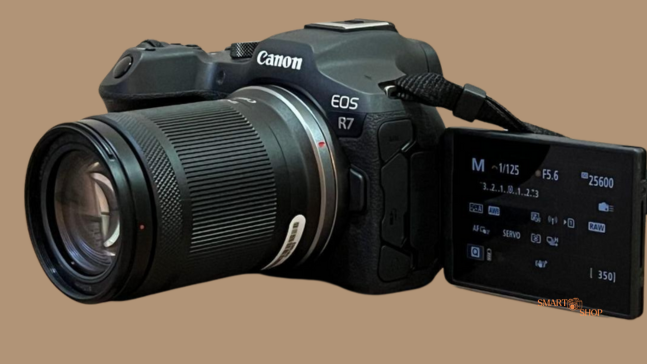
Setting Up For The Perfect Shot
Capturing the perfect sports action shot is like freezing a moment in history. The combination of precision, team mastery, and anticipation tells a vibrant story in a single frame. But before pressing the shutter button, a photographer must set the stage for that quintessential snapshot.
Camera Settings For Sports Action
Proper camera settings are the key to achieving impressive action shots. Here’s a quick guide:
- Shutter speed: Aim for 1/1000th of a second or faster to freeze motion.
- Aperture: Use a wide aperture such as f/2.8 for a focused subject and a blurred background.
- ISO: Keep it as low as possible, ensuring good exposure.
- Focus Mode: AI-Servo (Canon) or AF-C (Nikon) for continuous autofocus on moving subjects.
- Burst mode: Enable this option to capture multiple shots in quick succession.
Positioning And Timing Technique
Where you are and when you shoot can make a difference:
- Scout the location – arrive early to find the best angles.
- Lighting: Use natural light to your advantage; Position yourself with the sun behind you.
- Elevation: Climb to the top for a unique perspective.
- Anticipation: Know the game and predict the action.
- Practice: Time is critical, and practice makes perfect.
Post-processing Sports Images
Sports Image Post-Processing: Capturing the high-speed excitement of a sporting event is only half the battle. Turning those raw action shots into impressive displays of athleticism requires finesse in post-processing. Whether you’re refining a photograph for a gallery or preparing it for a high-resolution print, the editing stage is crucial. This is where the colours pop, the details are refined, and the entire story of the sporting moment comes to life.
Editing Tips For Dynamic Images
Sports image editing goes beyond basic settings. You want your images to be strong, clear, and evocative. First, evaluate the exposure and contrast of your shot.
- Enhance contrast to highlight subjects.
- Increase the saturation carefully for vibrant colours.
- Apply sharpening filters to highlight details.
- Use cropping to frame the action effectively.
- Experiment with slow shutter effects to get a sense of movement.
Permanently save a copy of your original file. This ensures that you can start over if edits don’t go as planned.
Software Tools For Action Shots
Selecting the right software is essential. Here are some of the best options for post-processing sports photos:
- Adobe Photoshop: the industry leader for in-depth editing.
- Lightroom: Optimised workflow for batch processing.
- Capture One: Offers rich colour grading control.
- DxO PhotoLab – Known for its advanced noise reduction.
- GIMP – A free alternative with solid features.
Learning From The Pros
Learning from the professionals is a game-changer for anyone looking to master sports action photography. The best photography equipment combines skills honed by expert advice to capture those breathtaking moments. Let’s delve into the wisdom shared by professional photographers and explore the resources available to perfect your technique.
Professional Photographers’ Tips
Experience speaks volumes in the fast-paced world of sports photography. This is what professionals emphasise:
- Fast autofocus: Fast reflexes win the game. A camera with fast autofocus gets the shot.
- High frame rate: More frames per second means you’ll always catch the action.
- Robust construction: the equipment must resist, even in rugged terrain.
- Customizable Settings: Flexibility in camera settings adjusts to any light or speed.
- Practice: Repetition develops skills. Experiment with angles and settings.
Remember to keep your eyes on the action and anticipate the climax. This tip alone elevates your shots to new heights.
Workshops And Online Tutorials
Learning never stops for enthusiastic photographers. Develop your skills with these educational platforms:
| Resource Type | Benefits |
| Workshops | Hands-on experience and direct feedback from mentors |
| Online Tutorials | Learn at your own pace with a wide range of topics |
Look for photographers who offer workshops adapted to sporting action—online platforms like Udemy, Skillshare, and YouTube feature expert tutorials. Subscribe, watch, learn, and apply these lessons to your photography!
Accessories For Sports Photography
Filming fast-paced sports means being ready for action at a moment’s notice. The right accessories make all the difference. Look at what gear can help you capture those exciting moments with precision and style.
Essential Gear For Shooting In The Field
In the field, efficient and portable equipment distinguishes between a missed shot and a memorable photo. Consider these must-have tools:
- Telephoto: Get closer to the action from a distance.
- Monopod: Sturdy stand that keeps you mobile.
- Quick Access Camera Bag: Grab your gear without losing sight of the game.
- Extra Batteries: Don’t let a dead battery kill your session.
- Memory Cards: Ample storage for all your action shots.
Protecting Your Equipment In Harsh Conditions
Sports don’t stop because of bad weather, and neither does your photography. Protect your equipment with the following:
- Weatherproof Covers: Protect your camera from rain or dust.
- Complex Cases: Rugged cases for harsh environments.
- Shock Absorbing Straps – Comfort and security for your equipment during quick movements.
- Silica gel packs prevent moisture damage in humid conditions.
Choosing the right accessories and camera improves your photography. With this must-have gear, hit the field prepared for anything.
Future Of Sports Photography
The world of sports photography is changing rapidly, and new technologies are going beyond what is possible. Capturing the intensity, speed and split-second moments of sports action requires a fast, reliable and brilliant camera. The future of sports photography looks brighter than ever, with advances set to transform how we capture every awe-inspiring moment on the field, track or court.
Emerging Technologies In Cameras
Today’s cameras are more intelligent, faster and more sophisticated. Innovations are improving the way photographers shoot action sports. Here are the game changers:
- Autofocus speed: New phase detection systems lock on in an instant.
- Advanced Tracking: Cameras now anticipate players’ movements.
- Machine learning: Algorithms recognize patterns to improve shot quality.
Sports photographers can expect equipment that can think and act almost autonomously, ensuring they never miss the winning photo.
The Impact Of High-speed Imaging
High-speed images are the cornerstone of modern sports photography. The ability to freeze motion, often at thousands of frames per second, allows us to see details the human eye cannot see. Consider these impacts:
| Aspect | Impact |
| Clarity | Every water droplet or dirt particle gets captured. |
| Performance Analysis | Athletes improve technique with detailed feedback. |
| Storytelling | Slow-motion replays create compelling narratives. |
High-speed cameras are not just tools for obtaining impressive images; they are instruments of precision, analysis, and emotion in sports.
Frequently Asked Questions On Best Camera For Sports Action Shots
What Features Define The Best Sports Camera?
Choosing the best sports camera depends on fast autofocus, high frame rates, durable build, and excellent low-light performance.
How Important Is Sensor Size For Action Photography?
Larger sensors generally provide better image quality and low-light capability, crucial for fast-paced sports action photography.
Can Mirrorless Cameras Handle Sports Action Shots Well?
Yes, mirrorless cameras are suitable for sports action due to their lightweight design, fast shooting speeds, and advanced autofocus systems.
Conclusion
Choosing the right camera for sports action shots can be manageable. Stick with options well suited for speed, durability, and accuracy. Good equipment improves your photography game, but practice is still vital. So gear up with the best and keep capturing those incredible moments!
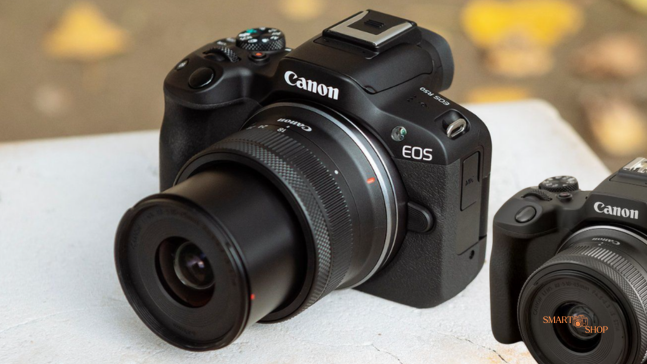
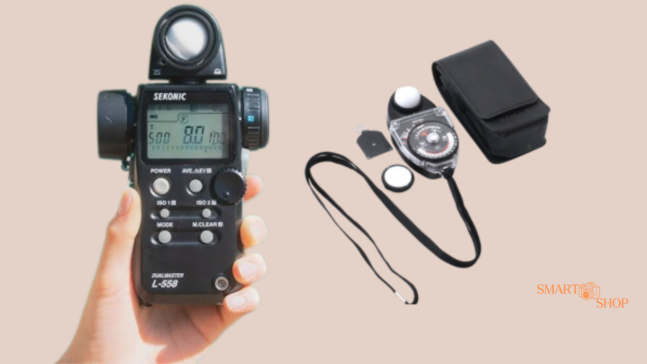
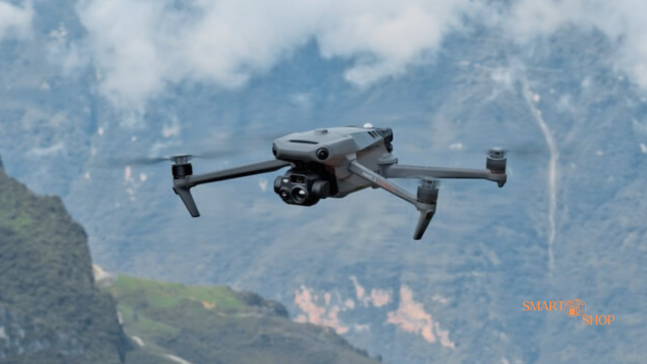

Pingback: Best Thermal Drone For Deer Recovery
I was looking at some of your blog posts on this internet site and I conceive this website
is real instructive! Keep on posting.?